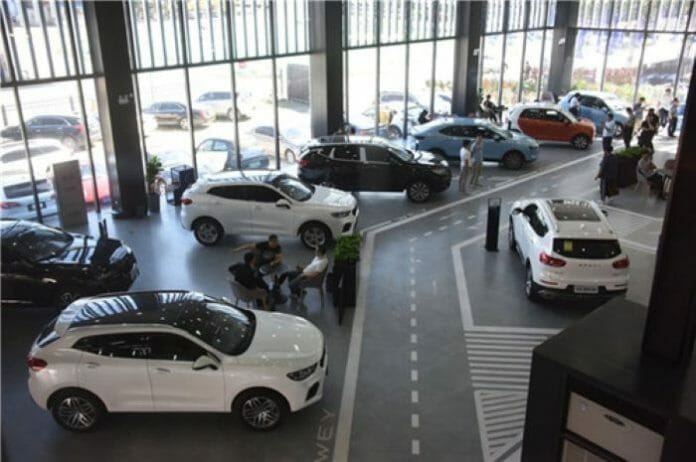China’s auto sales rose 9.8 percent year on year to 13.24 million units in the first half (H1) of 2023, data from the China Association of Automobile Manufacturers (CAAM) showed Tuesday.
In June alone, auto sales reached about 2.62 million units, up 4.8 percent from the same period a year ago.
Sales of passenger vehicles increased 8.8 percent year on year to about 11.27 million units in the January-June period, the data showed.
China’s auto market achieved relatively rapid growth in H1 as market demand gradually recovered, with the second quarter seeing visible improvements, the CAAM said.
The association attributed the expansion to pro-consumption policies, the adoption of a more rigorous set of emissions standards, the roll-out of new models by automakers, and a low comparison base last April and May.
Data also showed that China sold nearly 3.75 million units of new energy vehicles (NEVs) in H1, surging 44.1 percent year on year and bringing the market share of NEVs to 28.3 percent in the country.
In the first six months, China’s car manufacturers exported a total of 2.14 million units of vehicles, soaring 75.7 percent year on year. In June alone, auto exports expanded 53.2 percent from a year ago.
Xu Haidong, deputy chief engineer with the CAAM, expected the consumption potential of China’s automobile market to be further unleashed in the second half of the year.
The sound macroeconomic recovery, strong performance of NEVs, and auto export, coupled with policy effects, will help shore up the country’s auto market, Xu said.
The association also cautioned against headwinds facing the industry, citing the complex external environment, relatively weak market demand, and difficulties in business operations as challenges down the road.
Efforts should be made to keep policies stable and predictable and ensure the steady operation of the auto sector, the association said









